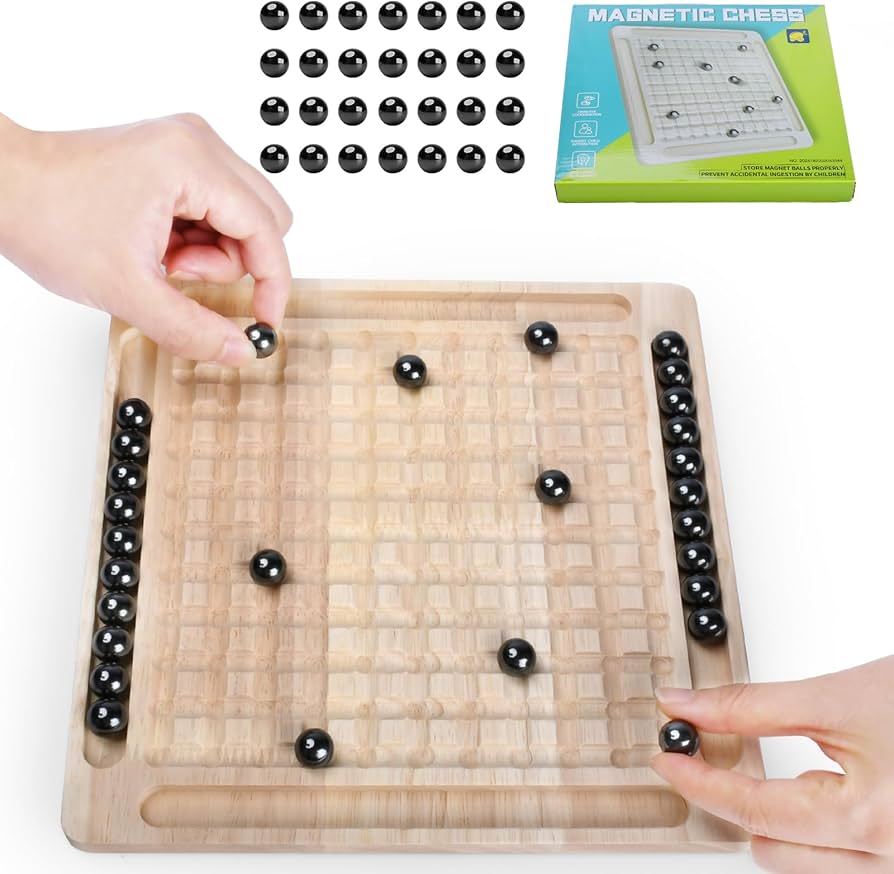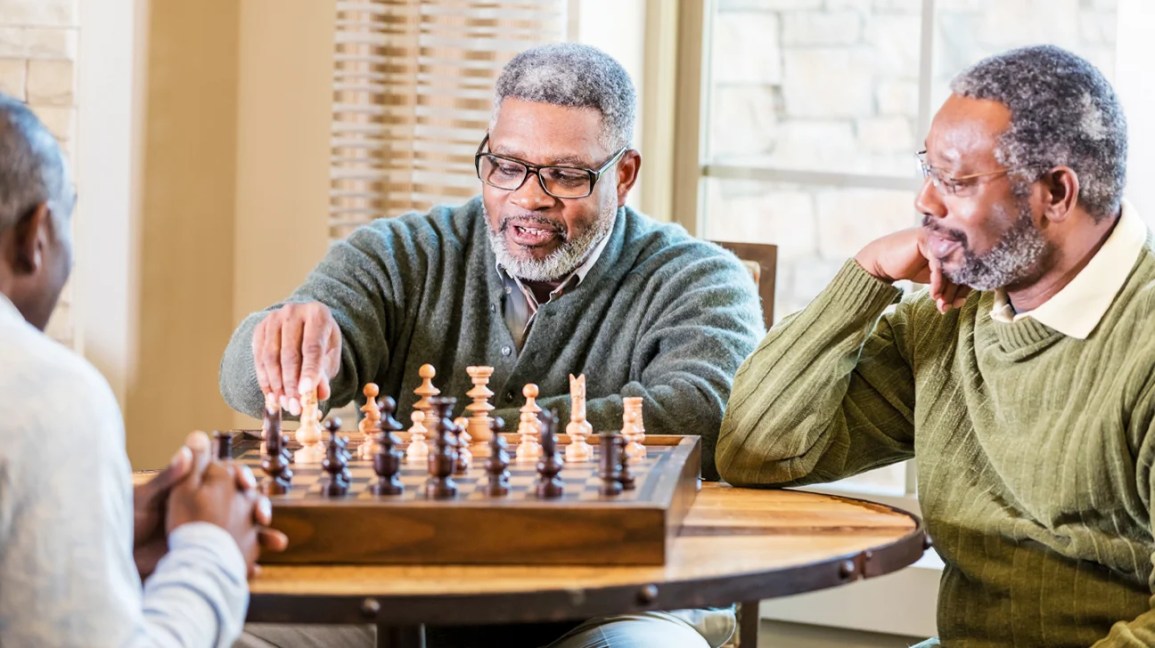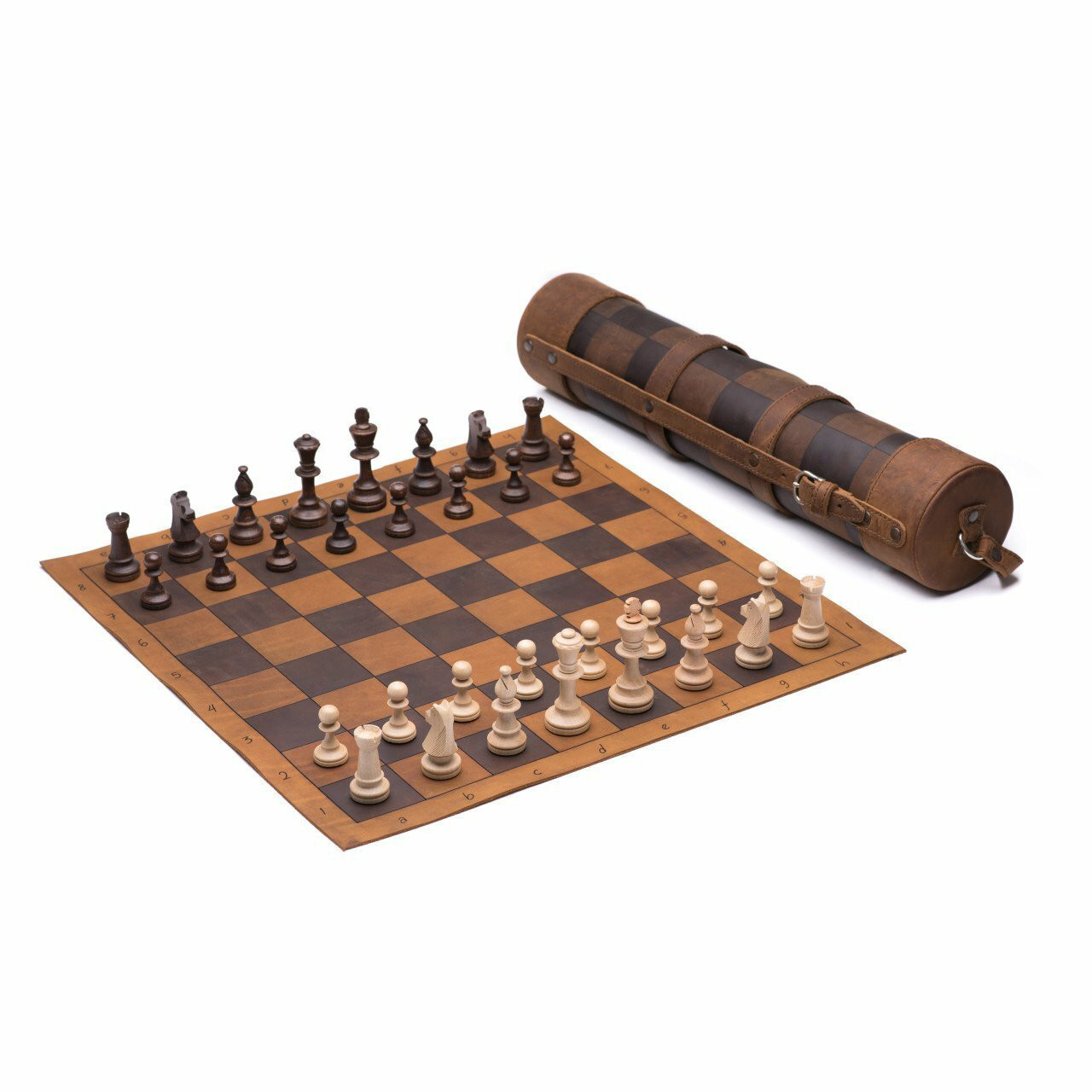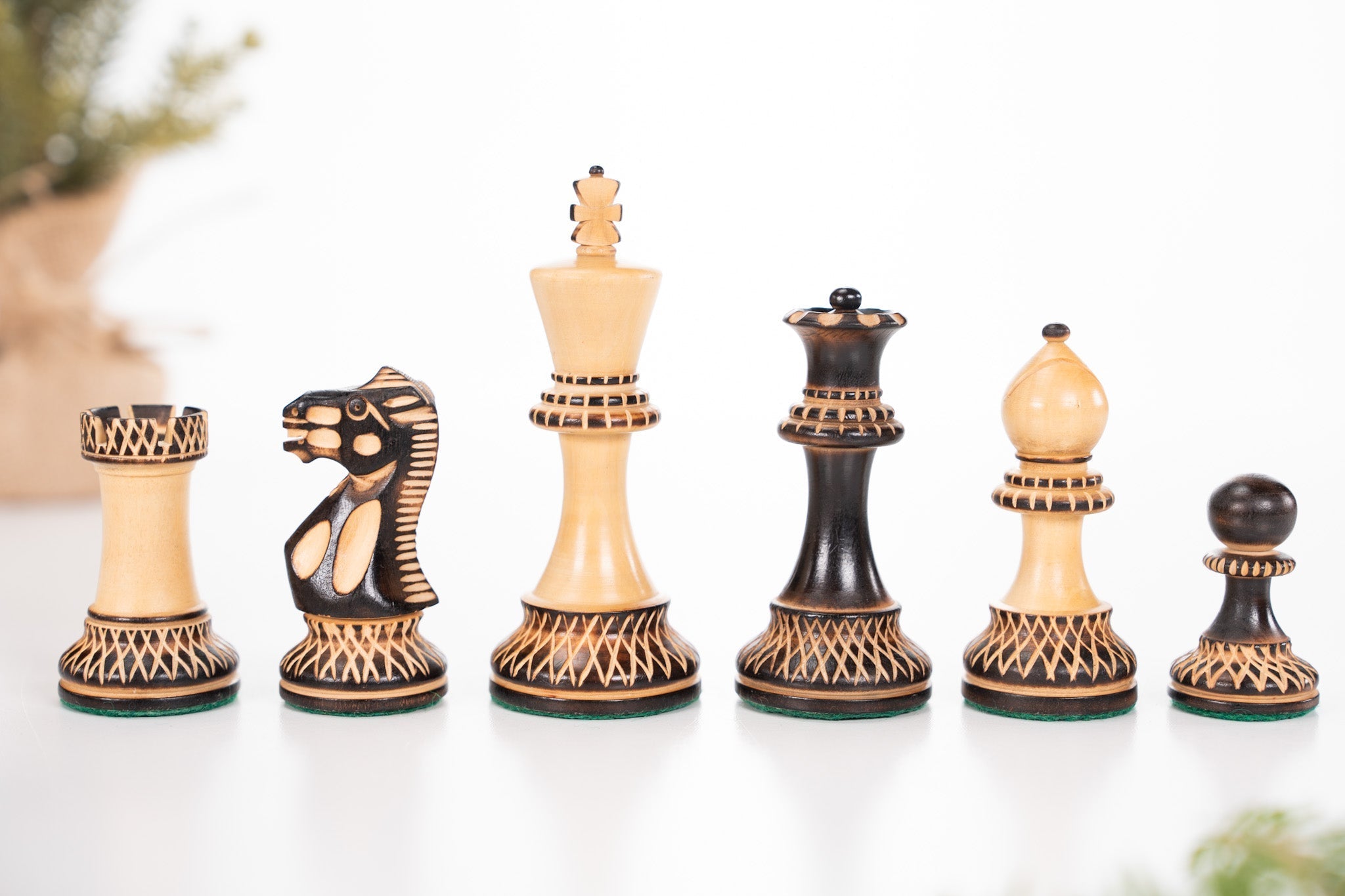Chess is a game of strategy and tactics. One important tactic is deflection. This helps you move a piece that is pinning your piece or an opponent’s piece. Let’s understand how to do this.
What is Pinning in Chess?
A pin is a powerful move in chess. It restricts the movement of a piece. A pinned piece cannot move without exposing a more valuable piece behind it. For example, a bishop pins a knight to the king. The knight cannot move. If it moves, the king is in check.
Types Of Pins
- Absolute Pin: The pinned piece cannot move at all. Moving it would put the king in check.
- Relative Pin: The pinned piece can move, but it would expose a more valuable piece behind it.
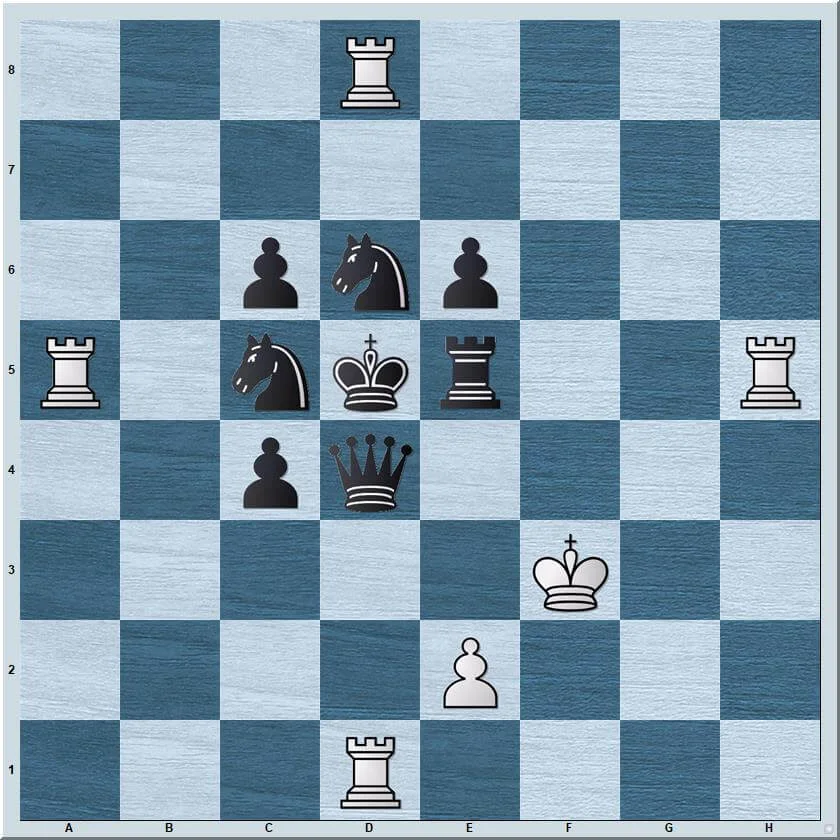
Credit: chessmood.com
Why Deflection is Important
Deflection is key in chess. It helps you free your pinned piece. Or, it can help you pin your opponent’s piece. This can change the course of the game. Let’s look at how to use deflection.
Steps to Deflect a Pinning Piece
Deflecting a pinning piece is tricky but possible. Here are steps to do it:
1. Identify The Pin
First, look at the board. See which piece is pinned. Identify which piece is pinning it. This is the first step to plan your move.
2. Check The Value Of Pieces
Now, see the value of the pieces involved. Is the pinning piece more valuable? Or is the pinned piece more valuable? This helps you decide if deflection is worth it.
3. Look For Available Moves
Next, see if you can move the pinned piece. Sometimes, moving it is not possible. In such cases, you need to deflect the pinning piece.
4. Create A Threat
Now, create a threat that forces the pinning piece to move. This could be a check, or a threat to capture a more valuable piece.
5. Execute The Move
Finally, make your move. The pinning piece will move to counter the threat. Your pinned piece is now free to move.
Examples of Deflection
Let’s look at some examples. These will help you understand deflection better.
Example 1: Deflecting A Bishop
Imagine a bishop pins your knight to your king. You can move another piece to threaten the bishop. The bishop has to move. Now your knight is free to move.
Example 2: Deflecting A Rook
Consider a rook pins your pawn to your queen. You can move another piece to threaten the rook. The rook has to move. Your pawn can now move.
Common Mistakes to Avoid
Deflection is a useful tactic. But it can be tricky. Here are some common mistakes to avoid:
1. Not Seeing The Whole Board
Always look at the whole board. Sometimes, you focus too much on the pin and miss other threats. This can cost you the game.
2. Ignoring The Value Of Pieces
Always consider the value of pieces. Don’t deflect a pinning piece if it costs you a more valuable piece. This is not a good trade.
3. Not Planning Ahead
Always plan your moves ahead. Think about what your opponent will do next. This helps you avoid traps.
Practice Makes Perfect
Deflection is a skill. The more you practice, the better you get. Play games. Try to use deflection. Learn from your mistakes.

Credit: www.reddit.com
Conclusion
Deflecting a pinning piece is a valuable skill in chess. It helps you free your pieces. It can also help you pin your opponent’s pieces. Remember the steps. Identify the pin. Check the value of pieces. Look for available moves. Create a threat. Execute the move. Avoid common mistakes. Practice regularly. This will help you become a better chess player.

